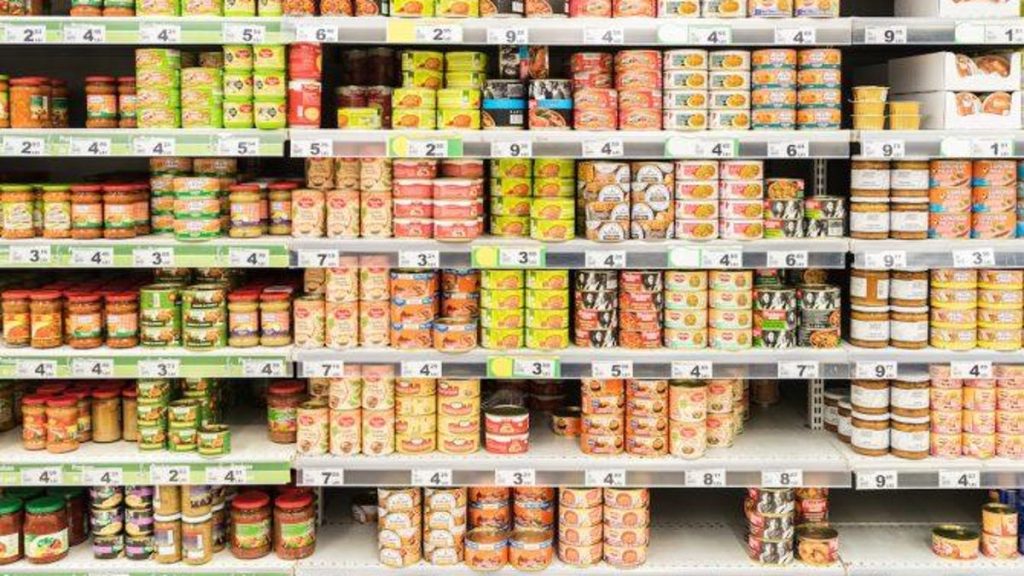The term “processed foods” refers to any food that has been altered in any way before being sold or consumed. This can range from simple preservation techniques like freezing or drying to more complex chemical and biological modifications. While some processing methods are used to improve taste, appearance, or shelf life, others can have negative effects on health. It’s important to consider the level of processing and the methods used when choosing what to eat.
There are different levels of processing when it comes to food. Minimally processed foods like bagged vegetables, fresh fruits, and plain grains are processed for safety and convenience but often retain most of their nutritional value. More heavily processed foods like canned goods may contain added preservatives and other ingredients that may be harmful. It’s important to read labels and understand what ingredients are being used in processed foods.
Highly processed foods, such as ready-to-eat meals, frozen pizzas, and packaged desserts, are often low in nutrition and contain a high amount of additives and preservatives. These foods are generally considered unhealthy and should be avoided as much as possible. Some processed foods, however, are fortified with additional nutrients to enhance their health benefits. Pasteurization is another common processing method used to eliminate harmful pathogens in food products.
It’s important to be aware of how foods are processed and what ingredients are used in the process. Some foods, like those labeled as “low-fat” or “sugar-free,” may contain unhealthy additives to compensate for the removal of certain components. Reading labels and understanding the ingredients list can help make informed choices about what to eat. While processed foods are not inherently bad, it’s important to be cautious about heavily processed foods that may have negative effects on health.


